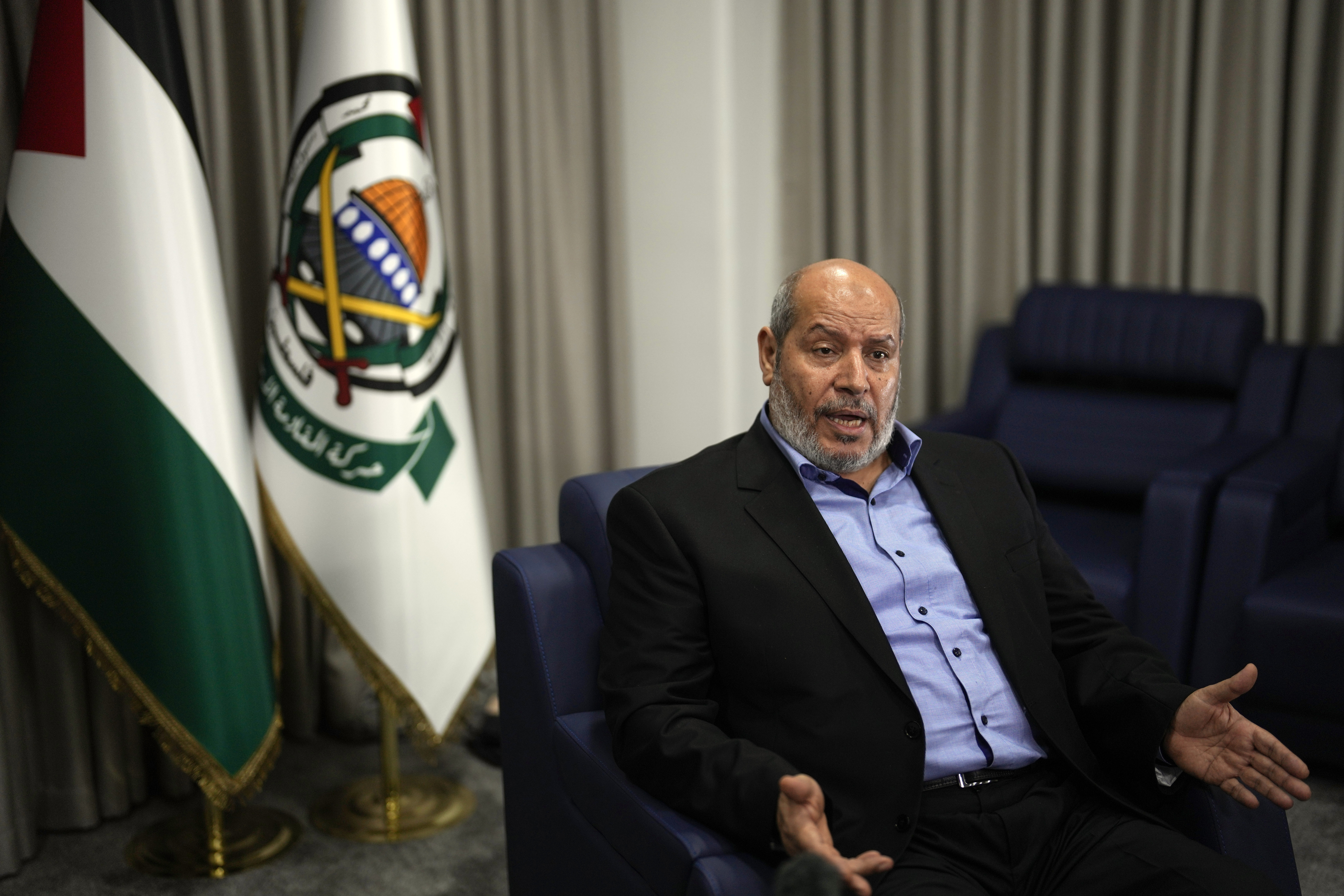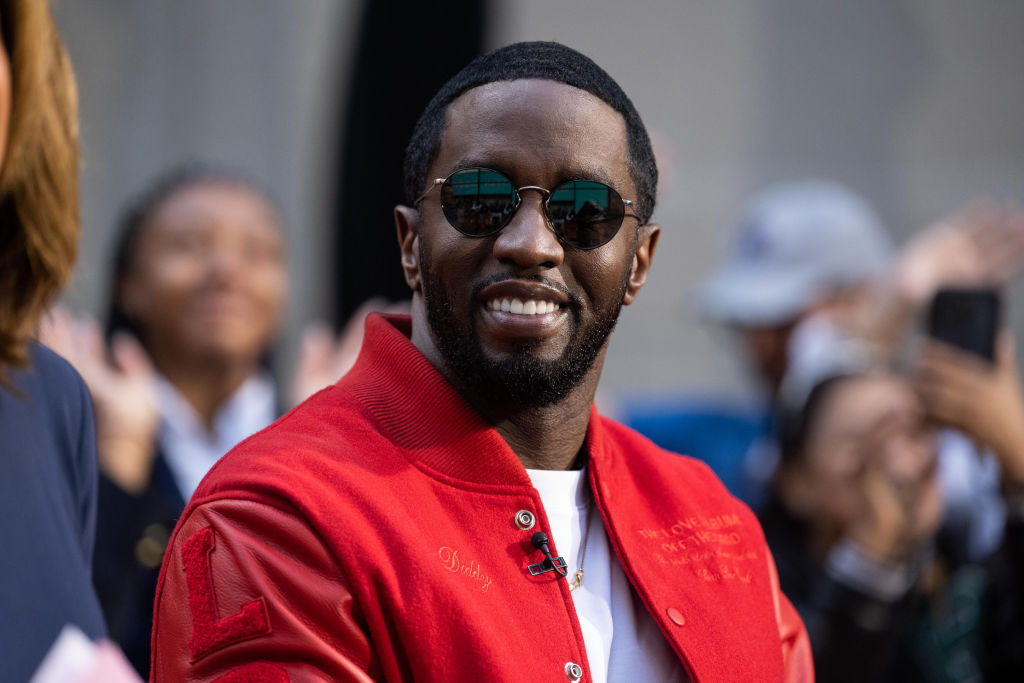Officials have released the names of four of the nine victims of the Jonestown Massacre whose cremated remains were found in a defunct Delaware funeral home.
The Delaware Division of Forensic Science visited the former Minus Funeral Home along the 200 block of Queen Street in Dover last week after receiving a request to check out the site, officials said Thursday.
Once inside, officials say they found 38 containers filled with cremated remains from 1970 through the 1990s. Nine of those remains were identified as victims of the Jonestown, Guyana, massacre.
Late Friday, officials identified four of the Jonestown victims as Maud Perkins, Wanda Bonita King, Mary Rodgers and Irra Jean Johnson. A fifth person, Bryan Glass, was also identified.
The massacre on Nov. 18, 1978, claimed the lives of 918 people — mostly through cyanide poisoning. The cult, the Peoples Temple Agricultural Project, began in the United States in the 1950s. Its members migrated to Guyana, the only English-speaking country on the continent, in 1976 after its then leader, Jim Jones, came under media scrutiny.
Jones had opened a free health clinic and drug rehab program in San Francisco before becoming the city's Housing Authority chairman in 1976. But as allegations mounted about improprieties, Jones and the cult moved out of the country.
Two years later, after a number of incidents and a mysterious death of a Californian native, U.S. Congressman Leo Ryan visited the cult's South American commune on Nov. 14, 1978. While trying to evacuate defectors at a remote jungle airstrip on Nov. 18, he was shot more than 20 times and killed. Four others, including an NBC photojournalist, were also murdered.
Jackie Speier was a 28-year-old legal aide to Ryan, a San Francisco Bay Area Democrat. She was sprayed with bullets during the fact-finding mission that ended in bloodshed. Speier now holds Ryan’s seat in Congress and is very vocal about her memories of the evils of the cult.
U.S. & World
Stories that affect your life across the U.S. and around the world.
Hours later, the mass killing was carried out after grape-flavored punch was spiked with drugs and poison. Survivors reported that many were reported to have consumed the punch willingly, but said some who resisted were either forced to drink, shot or injected with the poison.
Following the deaths, 911 of the remains were flown from South America to Dover Air Force Base, which houses the U.S. military's largest mortuary. Several cemeteries refused to take the remains. The Evergreen Cemetery in Oakland, Calif. eventually allowed 409 bodies to be buried there in 1979. The remaining victims were either cremated or buried in family cemeteries.
It is still unclear how the remains wound up at the white-walled, one-story funeral home, which remains padlocked and surrounded by overgrown grass and dead vines.
Of the 38 containers, 33 were clearly marked and identified. These included the Jonestown remains. State officials say additional names will be released following family notifications.
The husband of Maud Ester Perkins, who lives in California, said he was shocked to learn that his wife's remains were found.
Perkins was 28 when she and her then-7-year-old son died in the massacre. Her husband, Irvin Ray Perkins of Antioch, California, told The Associated Press on Friday that at the time he had tried to determine what happened to his wife's remains without success.
"There was so much chaos. ... I never got a chance to get hold of anybody who knew anything exactly, so I just sort of backed off," said Perkins, who recalled being told that somebody would get back to him.
"Somebody just got back to me 37 years later," said Perkins, now 64, who described his late wife as a "wonderful wife and a beautiful person."
Perkins said he had planned to join his wife and son at Jonestown but never got chance.
"Twenty days later, I would have been there," he said.
Perkins still doesn't know what happened to the remains of his son but suspects they may have been among the unidentified remains buried at the California cemetery in 1979.
Perkins is planning to make arrangements with Delaware authorities to have his wife's remains shipped to him. He plans to place her remains on his mantle.
"I don't have the money to come out there," said Perkins, who spoke Thursday with James Patton, an investigator with Delaware's Division of Forensic Science.
Investigators also excavated several areas of the property where loose soil was seen. There was concern some additional remains may have been buried on the property. No remains were found, but officials say they uncovered an arrowhead, animal bones, oyster shells and charcoals.
A number of bronze grave markers for veterans killed in World War I and the Vietnam War were also found inside the funeral home. Officials are working to give them to family members or return them to the Veteran's Administration.



